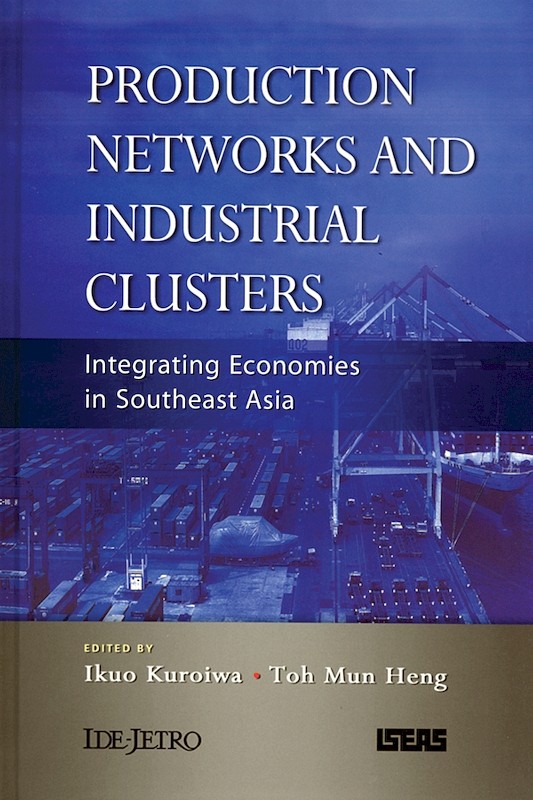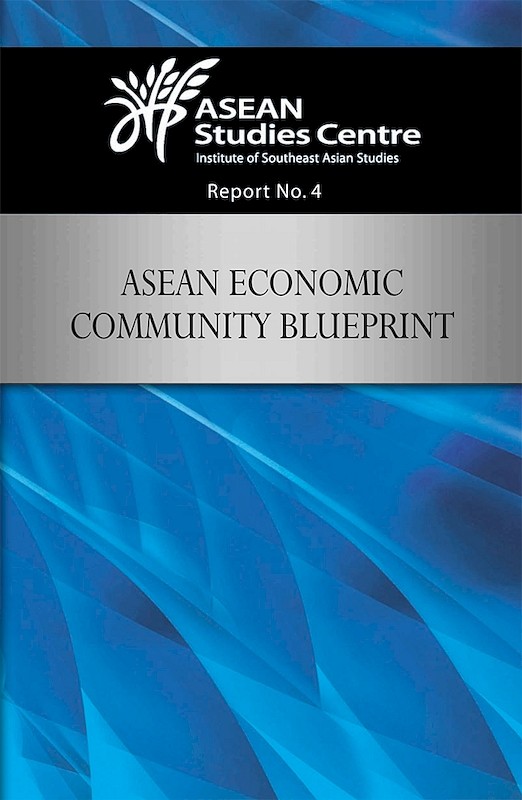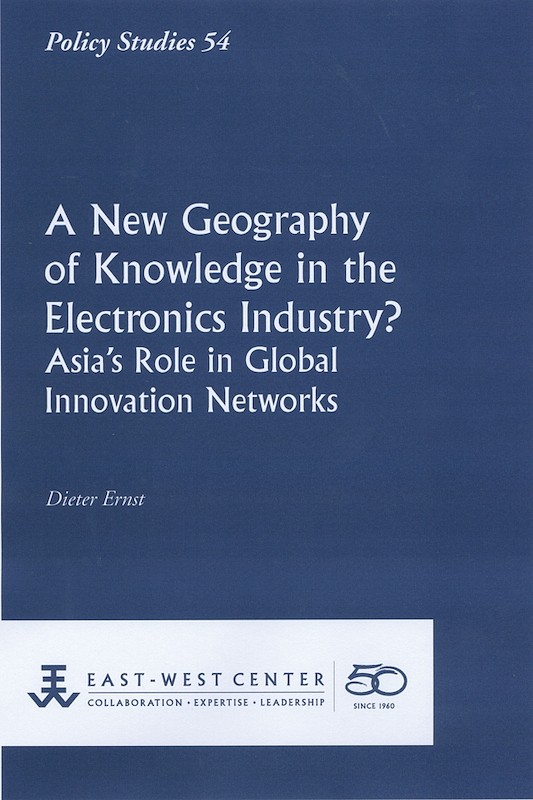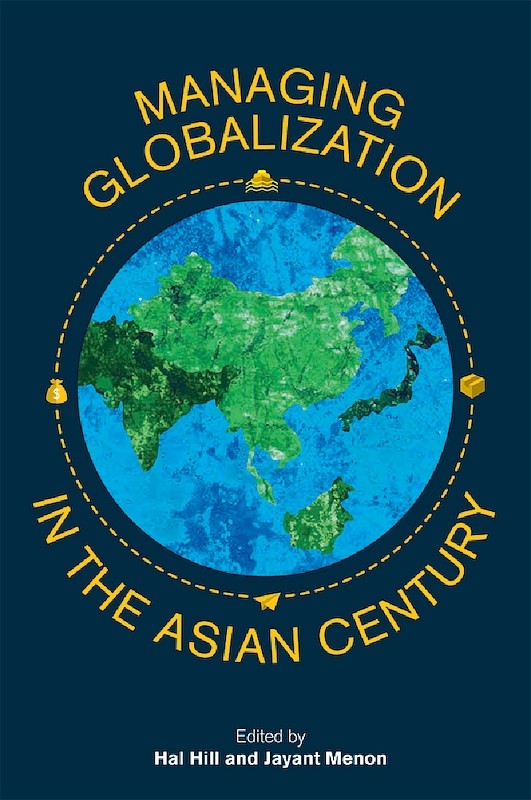Plugging into Production Networks: Industrialization Strategy in Less Developed Southeast Asian Countries
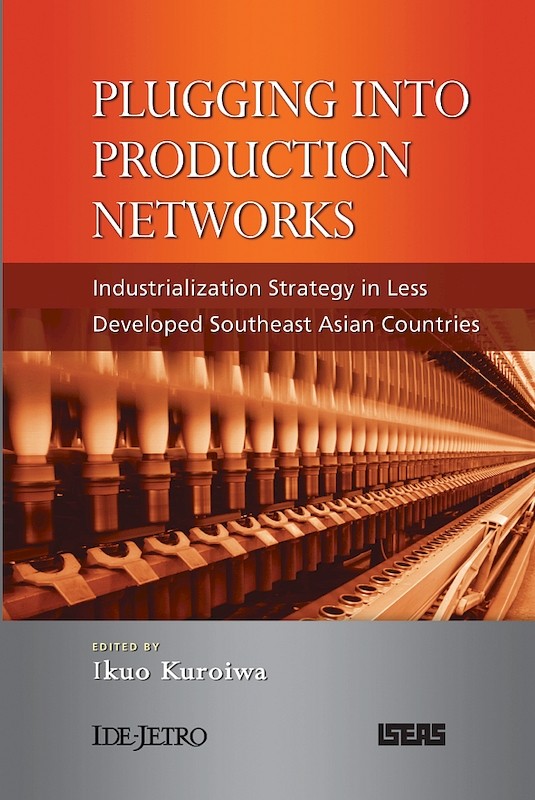
Ikuo Kuroiwa, editor
Date of publication:
2009
Publisher:
ISEAS / IDE-JETRO
Number of pages:
313
Code:
BM372
Reviews
"This volume is a useful addition to the analysis of international commerce and economic integration in the 21st century. Trade in goods is now only a part of inter-twined international movements of investment, services, components, expertise and information. Intra-firm and intra-industry trade are growing far more rapidly than trade in commodities and finished manufactures. Production networks are a new paradigm made possible by massive improvements in information and communications technology that allow the production of goods or services to be broken into several stages, each located where value can be added most efficiently. The early chapters explain the nature of production networks and the way value is added in production bases linked by services along international supply chains. The country studies in the later chapters explain how economies can begin to engage with others along their physical borders, then build on these links to become more deeply involved. The volume provides a wealth of relevant data and references. These confirm that economic integration in East Asia is driven by market signals about evolving patterns of comparative advantage. Governments can do a lot to facilitate such market-driven integration, but this need not mean the negotiation of more preferential trade agreements" (Bulletin of Indonesian Economic Studies).
About the publication
This work focuses on how less developed economies in Southeast Asia, namely Cambodia, Laos, Myanmar and Vietnam (CLMV), can establish links with neighbouring countries and participate in production networks. It also takes a look at links between Singapore and the Batam-Bintan-Karimun (BBK) Special Economic Zone in Indonesia. Leading Southeast Asian economies have achieved rapid economic growth by participating in production networks organized by multinational enterprises. It is thus crucial for less developed economies in Southeast Asia to improve their investment climate, attract foreign direct investment, and form competitive industrial clusters. Service link costs must also be reduced substantially to make production fragmentation economically feasible. The authors in this book discuss these issues and provide policy recommendations.
Co-publication: ISEAS / IDE-JETRO
ISEAS / IDE-JETRO
Contents
-
Plugging into Production Networks: Industrialization Strategy in Less Developed Southeast Asian Countries
[Whole Publication, ISBN: 9789812309358] -
Preliminary pages
-
1. Introduction, by Ikuo Kuroiwa, author
- PART I: OVERVIEW OF PRODUCTION NETWORKS IN LESS DEVELOPED SOUTHEAST ASIA
-
2. Expansion of the Production Networks into the Less Developed ASEAN Region: Implications for Development Strategy, by Fukunari Kimura, author
-
3. Production Networks and Industrial Policy in Less Developed Southeast Asia, by Ikuo Kuroiwa, author
-
4. ASEAN Economic Integration and Implication for CLMV Countries, by Denis Hew Wei-Yen, Sanchita Basu Das, Rahul Sen, authors
- PART II: CASE STUDIES
-
5. Industrialization Strategy of Laos: Agglomeration and Fragmentation, by Motoyoshi Suzuki, author
-
6. Export-oriented Garment Manufacturing and Its Impact on Employment, Productivity and Wages in Cambodia and Laos, by Rajah Rasiah, author
-
7. FDI and Economic Integration in Vietnam, by Tuan Bui, author
-
8. Border Industry in Myanmar: Plugging into Production Networks through Border Industry, by Toshihiro Kudo, Ikuo Kuroiwa, authors
-
9. The Batam, Bintan, Karimun Special Economic Zone: Revitalizing Domestic Industrialization and Linking Global Value Chain, by Toh Mun Heng, Ng Kwan Kee, authors
-
Index

